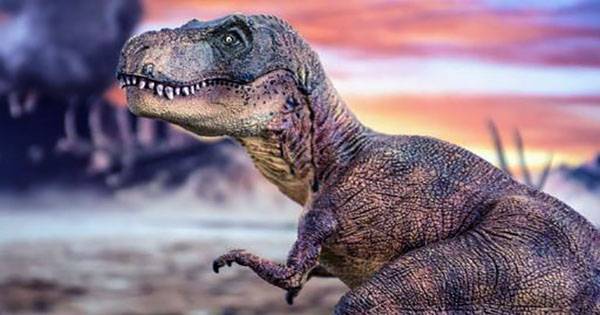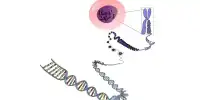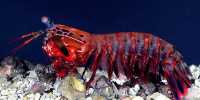Cryptochiton stellar is a type of mollusk known as chiton that has earned the nickname “wandering meatloaf” for their reddish-brown color and ovary size. This is not the end of their strangeness, but with the discovery, their teeth were made of iron-based minerals that can only see in rocks. In a taxonomic group that includes octopuses and oysters, you have to be a little weird if you want to stand out. Walking on single muscular legs and feeding on algae, bacteria and sometimes-small invertebrates, chitons do not seem to differ from sea snails. However, Dr. Dark Joester of Northwestern University was curious to see their teeth.
Cheetahs scrape their teeth against the rocks on which they feed. Although they have grown new teeth because the old ones are tired, they will probably want to fight if they pick the most preferred teeth in the animal kingdom. Instead, chitons have developed a hard substance known to science and attached it to a soft radula, which is similar to the tongue. The combination of an ultra-hard object supported by a living shock absorber works well, but Joester discovers that instead of a sudden change they begin to soften gradually from hard. In the proceedings of the National Academy of Sciences, Jester and colleagues collaborated with synchrotron and electron microscope experts to study C. stellar (also known as gumboot chiton) teeth in unprecedented detail.
Joester said in a statement, “This mineral has only been observed in very small amounts in geological samples and has never been seen in a biological context before.” They reported the presence of an amorphous iron hydroxy phosphate mineral known as santabarbaraite. Other animals may have missed the technique of not evolving into sacraments; “It contains a high amount of water which makes it stronger with less concentration. We think it can make teeth stronger without gaining too much weight.” The blades distributed in the santabarbaraite through the upper stylus of the City Stellar, a hollow structure that connects the head of the tooth to the radula. Jester compares it to the roots of human teeth. At a distance of less than one millimeter above, the stylus becomes 3-8 times stiffer at the top as below.
















